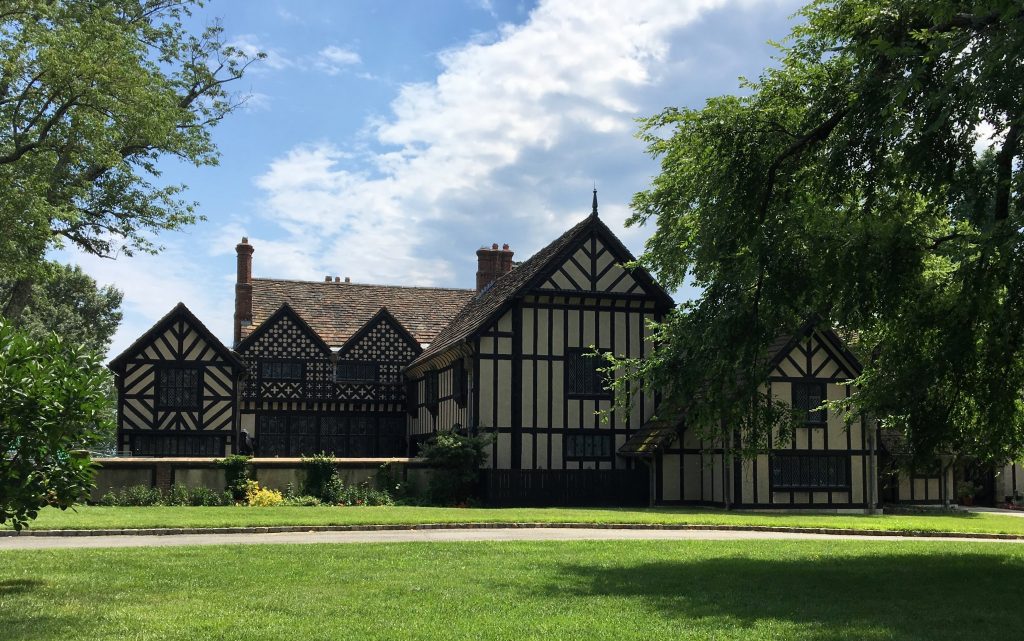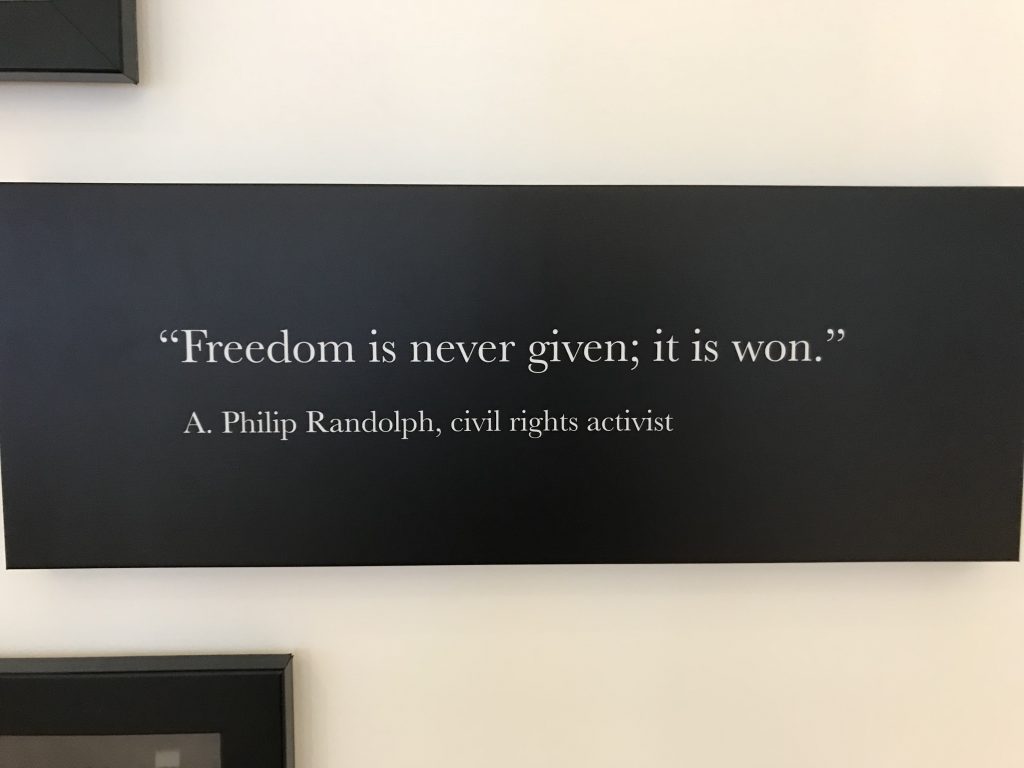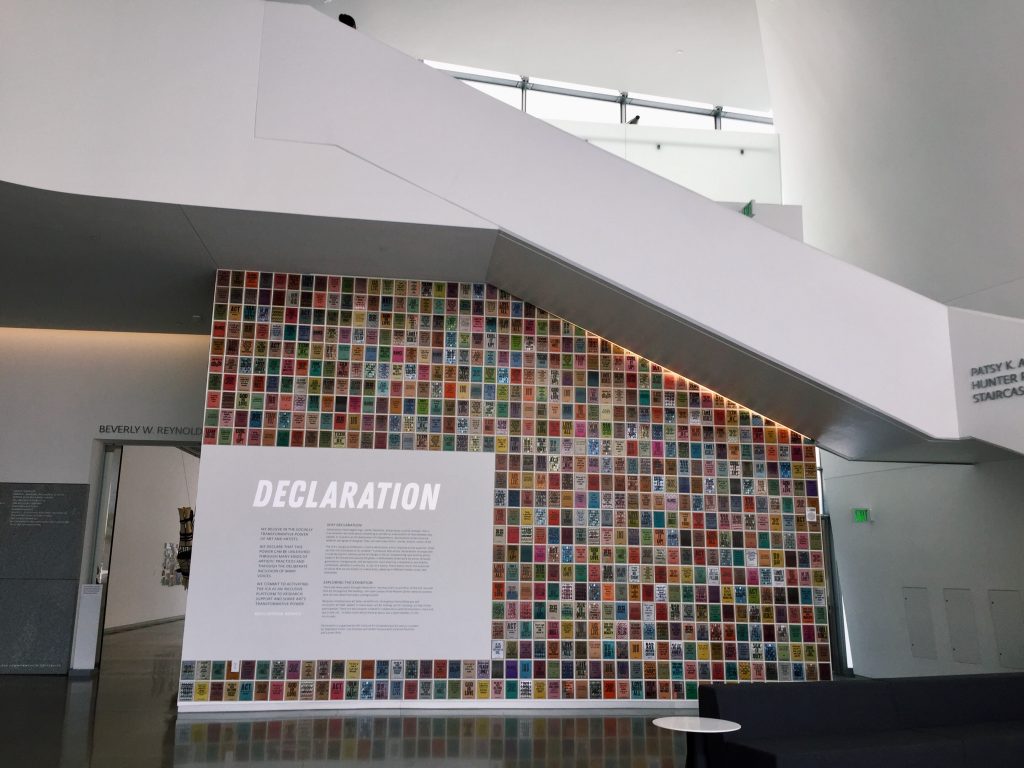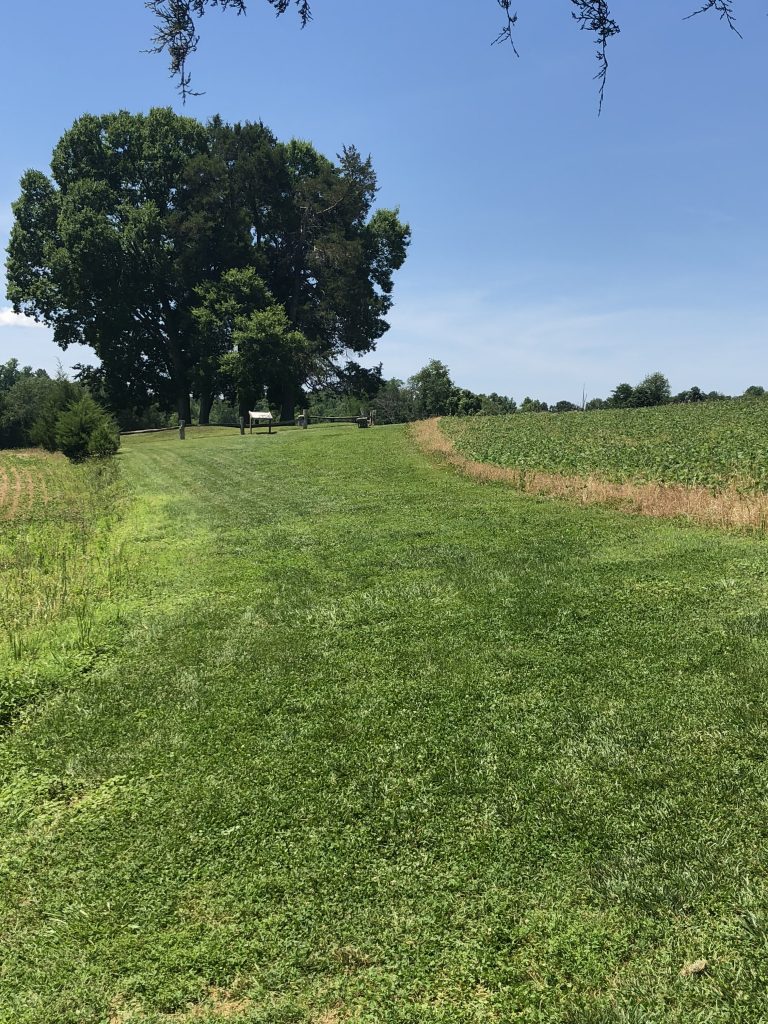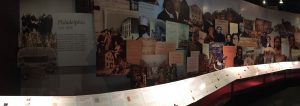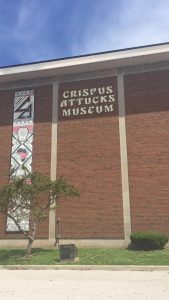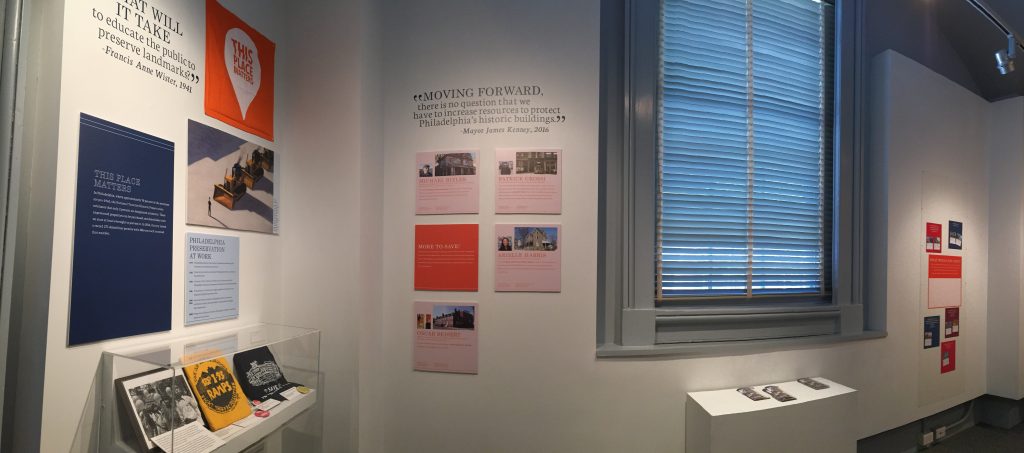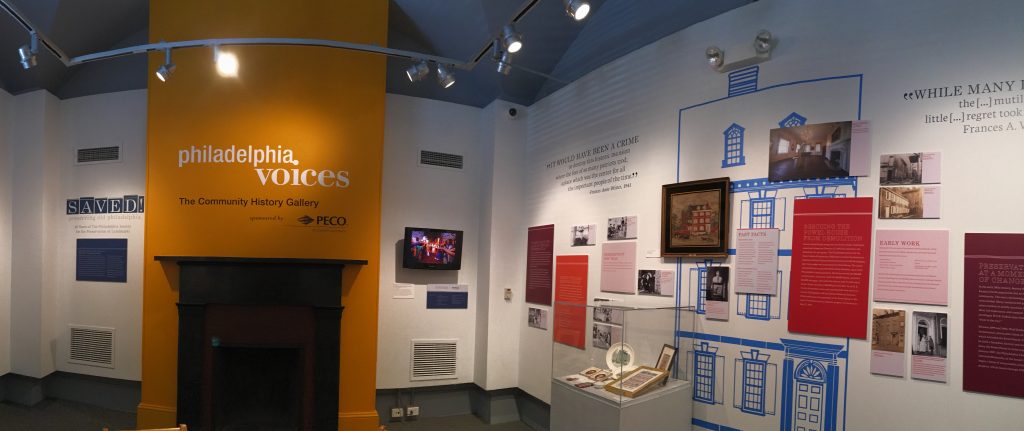by Ayele d’Almeida
Ayele d’Almeida is a Political Science and Leadership double-major from Bloomington, Minnesota. Her work at Common Ground, the University of Richmond’s social justice initiative informed her decision to pursue the Race & Racism Project as a summer fellow. She hopes that through her fellowship and continued connection with the project, she will learn more about the University of Richmond. Ayele believes that the Race & Racism Project will also help later in life – as the project forces her to question institutions she may benefits from. She hoped to focus her research on black faculty and the presence of black students in white-dominated clubs and spaces.
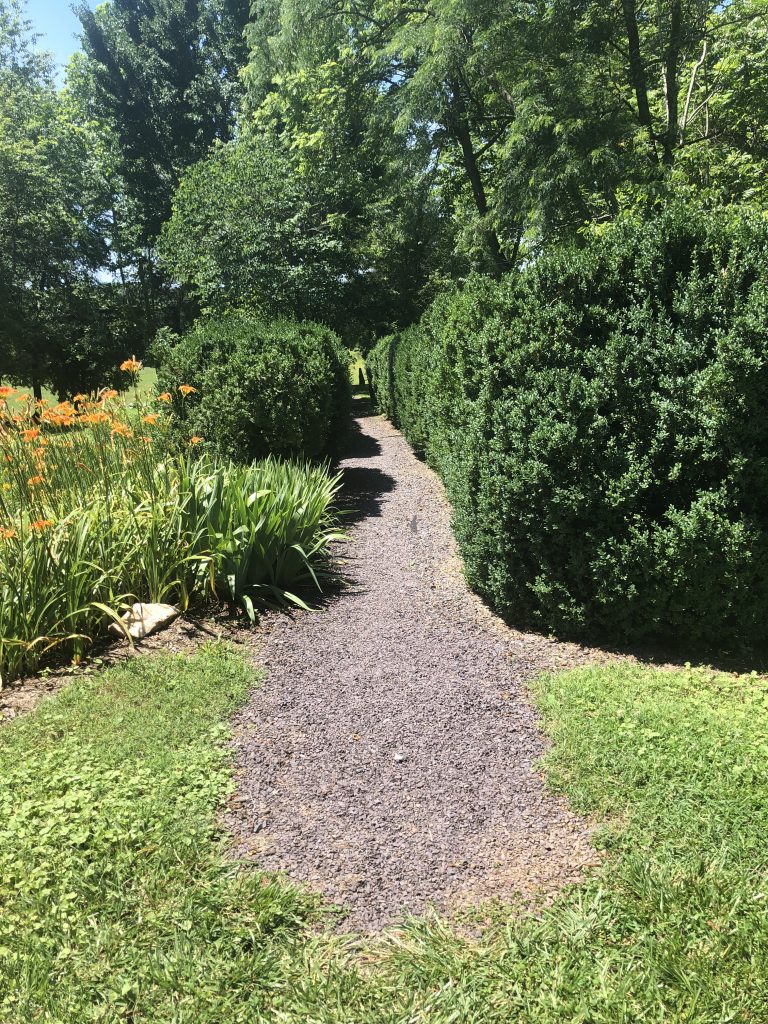 When Irina Rogova, the Race & Racism Project archivist first presented the list of potential site visits to our group, every site seemed normal except for one — “The Monument to Stonewall Jackson’s Arm.” By normal, I mean that all of the other sites did not memorialize individuals but rather told a story. I had joked to myself saying “I wonder if it’ll be sticking up out of the dirt.” I am not sure what it was that initially drew me to visit the Monument to Stonewall Jackson’s Arm at Ellwood Manor. Thomas Johnathan “Stonewall” Jackson was an America Confederate general during the America Civil War. Ellwood Manor served as a field hospital after the Battle of Chancellorsville. Perhaps it was the mere disbelief that Jackson’s arm was buried separately from his body. It may have even been the fact that his arm was memorialized at all. Regardless of whatever it was, I set out to find out what the fervor was about on June 16th with Mysia Perry, another summer research fellow and Dr. Maurantonio, the Race & Racism Project Coordinator.
When Irina Rogova, the Race & Racism Project archivist first presented the list of potential site visits to our group, every site seemed normal except for one — “The Monument to Stonewall Jackson’s Arm.” By normal, I mean that all of the other sites did not memorialize individuals but rather told a story. I had joked to myself saying “I wonder if it’ll be sticking up out of the dirt.” I am not sure what it was that initially drew me to visit the Monument to Stonewall Jackson’s Arm at Ellwood Manor. Thomas Johnathan “Stonewall” Jackson was an America Confederate general during the America Civil War. Ellwood Manor served as a field hospital after the Battle of Chancellorsville. Perhaps it was the mere disbelief that Jackson’s arm was buried separately from his body. It may have even been the fact that his arm was memorialized at all. Regardless of whatever it was, I set out to find out what the fervor was about on June 16th with Mysia Perry, another summer research fellow and Dr. Maurantonio, the Race & Racism Project Coordinator.

